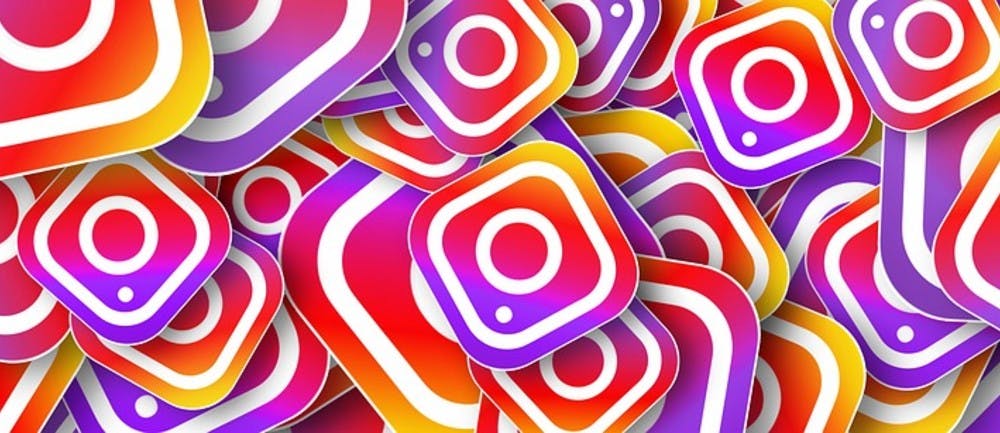Facebook has taken a huge hit recently in light of the Cambridge Analytica data scandal. While users have long had a love/hate relationship with the social media platform, marketing teams have rarely had reasons to shy away from the company.
Well-recognised names like Elon Musk (Tesla and SpaceX) and companies like Mozilla (Firefox) have pulled their advertising budgets and pages from Facebook, although the scale of loss of advertising was downplayed in a recent earnings call in April.
Somehow, amidst the scandal and outrage (and the calls for accountability by US Congressional and UK hearings), Facebook’s darling child, Instagram, has remained relatively untouched by the drama. It appears to be little understood that both platforms share data and backend structural support. It could be theorised that a compromise of one company’s data could equal compromise of all. Indeed Instagram has admitted to running false advertisements in the lead up to the US Presidential elections, albeit not on the same scale as Facebook.
The question is: why has Instagram dodged the fallout, despite being owned and run by the very same team that (mis)managed personal data at Facebook?
It appears that there may be enough of a separation between the two brands, how the platforms are used, and their distinctly different methods of encouraging social interaction. Facebook has become large and unwieldy in an attempt to be customisable to all users. Consider the range of emotions one can express, the pages, groups, and filters, and the universality of the user base (you’ll find grandma liking posts, your colleague sharing memes and your high school classmate’s wedding photos all filtering through your feed, generously interspersed with promoted posts). Instagram, on the other hand, maintains a deliberately lean range of interactions – you can share images, like images, and see the images other people post, if you choose to follow them. It feels far less intrusive. Users may not be associating the vaguely troubling feeling of giving personal data away with Instagram, and we’re sure that Mark Zuckerberg is thankful for that.
Of course, the waters aren’t completely calm over at Instagram. In the wake of Facebooks’ decision to stop accepting new app submissions, Instagram quickly followed suit. This stumped potential app developers but Instagram took it a step further, hobbling third-party apps ability to collect data by altering the API. Apps were previously able to collect and analyse user data at a rate of 5000 calls per user per hour, but this was reduced to 200 calls per user per hour without any notice. Reductions in data collection essentially disabled many popular apps, and they were unable to update their codes because of the ban. It’s a tricky catch-22 for developers and disgruntled users, but it seems like users are still willingly blind to the fact that on social media, seemingly all roads (and data) lead back to Facebook.





